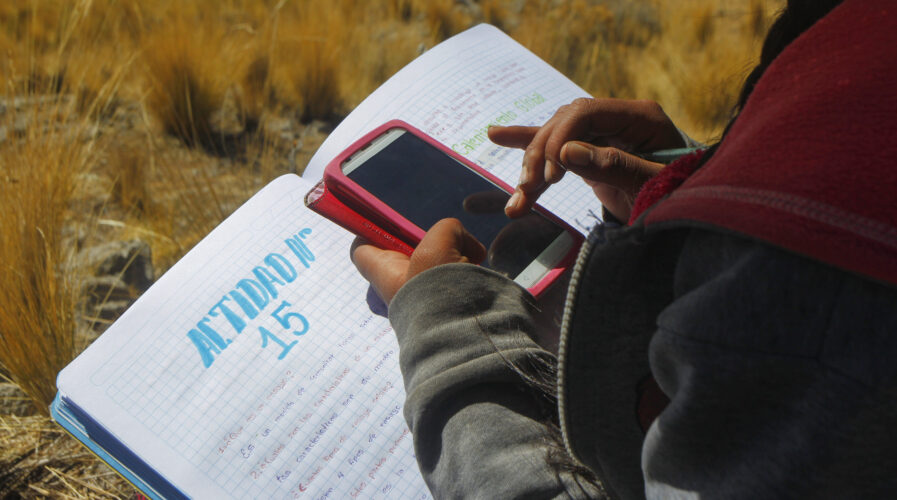
Asia Pacific to lead the mobile learning market. Source: AFP
E-learning is on the rise in APAC — and it’s going mobile
- Education has changed dramatically ever since Covid-19, with the distinctive rise of e-learning, whereby teaching is undertaken remotely and on digital platforms
- Over 32% of the e-learning market’s growth will originate from APAC
The work from home necessity hasn’t just changed the way we interact with colleagues — it’s changed the way we learn and train too.
Not being in the classroom, face to face with a teacher has its drawbacks. But the ability to train in nearly anything from anywhere with access to a global team of specialists on data-driven platforms is seeing a continued interest in the benefits of e-learning which will last a lot longer than the pandemic. Platforms such as Udemy, Coursera, Lynda, Skillshare, Udacity serve millions of people. Even top tier universities are democratizing learning by making courses accessible online. A report published earlier this year suggests that the e-learning courses market size has the potential to grow by US$6 billion between 2020-2024.
Advancing digital education in APAC
The Asia Pacific region is one of the fastest developing regions in the world, and it now comprises just shy of a third (32%) of the e-learning market’s growth. That’s because Asia, in its entirety, accounts for about half of all internet users in the world, many of which are smartphone-first.
Globally, there are more than five billion mobile users in the world, and more than half of all internet users rely exclusively on their mobile devices. The majority of teenagers (78%) use their smartphones instead of laptops to access the internet. The global market’s growth momentum within the forecast period is also expected to accelerate. Competition in the market is expected to intensify owing to product and service extensions, mergers and acquisitions, and innovations in technology by leading global and regional vendors.
How did mobile learning platforms in APAC respond to Covid-19?
In response to significant demand, many mobile learning platforms moved to offer free access to their services, including platforms like BYJU’S, a Bangalore-based educational technology, and an online tutoring firm founded in 2011, which is now the world’s most highly valued edtech company.
Since announcing free live classes on its Think and Learn app, BYJU’s has seen a 200% increase in the number of new students using its product, according to Mrinal Mohit, the company’s Chief Operating Officer. Tencent classroom also has been used extensively since mid-February after the Chinese government instructed a quarter of a billion full-time students to resume their studies through online platforms.
This resulted in the largest “online movement” in the history of education with approximately 730,000, or 81% of K-12 students, attending classes via the Tencent K-12 Online School in Wuhan.
Lark, a Singapore-based collaboration suite initially developed by ByteDance as an internal tool to meet its own exponential growth, began offering teachers and students unlimited video conferencing time, auto-translation capabilities, real-time co-editing of project work, and smart calendar scheduling, amongst other features.
It ramped up its global server infrastructure and engineering capabilities to ensure reliable connectivity.
Alibaba’s distance learning solution, DingTalk, had to prepare for a similar influx whereby to support large-scale remote work, the platform tapped Alibaba Cloud to deploy more than 100,000 new cloud servers in just two hours last month – setting a new record for rapid capacity expansion.
READ MORE
- Ethical AI: The renewed importance of safeguarding data and customer privacy in Generative AI applications
- How Japan balances AI-driven opportunities with cybersecurity needs
- Deploying SASE: Benchmarking your approach
- Insurance everywhere all at once: the digital transformation of the APAC insurance industry
- Google parent Alphabet eyes HubSpot: A potential acquisition shaping the future of CRM
